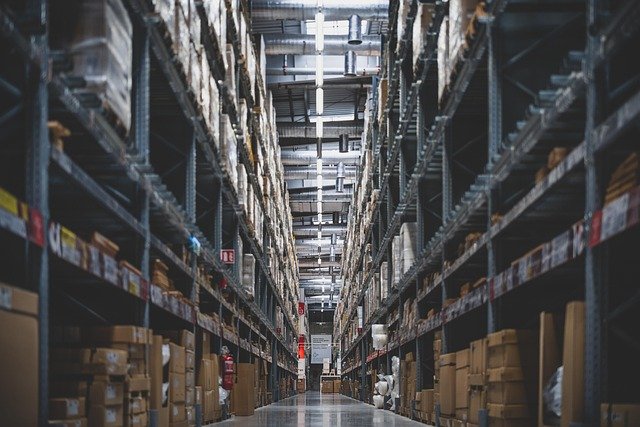Site Selection Strategies for High-Traffic Self-Service Retail Units
Choosing the right site is a foundational step for self-service retail units. This article outlines practical considerations for placement, traffic assessment, and operational readiness so operators can evaluate locations for automation, kiosks, cashless transactions, inventory flow, and long-term viability.

Selecting a location for high-traffic self-service retail units requires balancing customer visibility with operational practicality. Successful placement starts with understanding local footfall patterns, nearby retail dynamics, and how automation and kiosks will integrate into the environment. Site choice affects inventory rhythms, maintenance schedules, logistics access, and compliance obligations, and it shapes merchandising options and sustainability measures. This article breaks down strategic criteria and operational checkpoints to help operators identify sites that support profitability, reliability, and the user experience.
Placement and footfall
Placement decisions hinge on accurate footfall analysis and the surrounding retail mix. High pedestrian volumes are valuable only when they align with your target customer profile and dwell time; for example, transit hubs generate short-duration visits, while food courts produce longer browsing windows. Consider sightlines, proximity to complementary services, and whether the location supports 24/7 or limited-hour operation. Local services such as mall management or facility operators can provide baseline footfall data; supplement that with short-term manual counts or camera-based analytics to validate assumptions before committing to a lease or concession.
Automation and cashless kiosks
Automation and cashless payment options influence both customer uptake and infrastructure needs. Ensure reliable network connectivity and power availability to support kiosks, contactless readers, and remote monitoring systems. Cashless transactions can speed throughput and reduce cash handling logistics, but they require secure payment gateways, PCI compliance, and contingency plans for outages. Decide whether to use integrated kiosks with on-board inventory sensors or modular automation components that can be upgraded as technology evolves. Evaluate vendor interoperability so that automation supports merchandising and analytics workflows.
Inventory and logistics
Inventory planning ties directly to site accessibility and replenishment cadence. High-traffic locations demand compact yet adaptable inventory systems to avoid stockouts while minimizing shrinkage. Map out delivery routes, loading zone availability, and any time restrictions for restocking. For units placed inside buildings, coordinate with property managers regarding service elevators and corridor clearances. Establish a predictable logistics schedule that balances inventory turnover with labor efficiency; automation such as remote inventory monitoring can trigger restock alerts and reduce emergency visits.
Maintenance and compliance
Routine maintenance and swift issue resolution maintain uptime for selfservice kiosks and retail units. Create a maintenance plan covering hardware checks, software updates, sanitation (especially for food or personal-use merchandisers), and scheduled part replacements. Confirm local regulations around unattended retail—permits, health codes, electrical inspections, and accessibility standards—and ensure the site meets those compliance requirements. Service-level agreements with local technicians or managed maintenance providers can shorten response times, while remote diagnostics reduce unnecessary site visits.
Merchandising and sustainability
Merchandising in automated retail must be concise and visually clear to convert brief interactions into purchases. Use modular shelving, clear labeling, and intuitive user interfaces to guide choices, and place high-margin or high-turn items at eye level. Sustainability considerations—energy-efficient lighting, recyclable packaging, and reduced waste through accurate inventory forecasting—can improve operating costs and appeal to environmentally conscious customers. Evaluate whether the site allows space for recycling receptacles or energy management systems to reduce the environmental footprint of a network of units.
Analytics and scalability
Analytics underpin strategic scaling decisions by revealing purchase patterns, peak hours, and SKU-level performance. Leverage telemetry from kiosks and point-of-sale systems to track conversion, dwell times, and cashless adoption rates. Use that data to refine placement strategies, adjust inventory mixes, and plan cluster deployments that allow shared logistics or regional maintenance teams. Scalability also depends on standardized unit design, vendor interoperability, and consistent compliance processes so new sites can be onboarded efficiently without bespoke engineering for each location.
Conclusion
Site selection for high-traffic self-service retail units combines quantitative assessment—footfall, analytics, logistics—with qualitative factors like customer behavior and neighboring services. A well-chosen location paired with appropriate automation, cashless capability, inventory controls, maintenance planning, and sustainability measures supports reliable operations and scalable growth. Prioritizing both the customer experience and the practicalities of service and compliance will help operators maximize uptime and adapt to changing demand.





